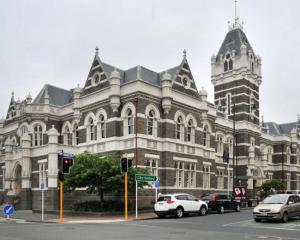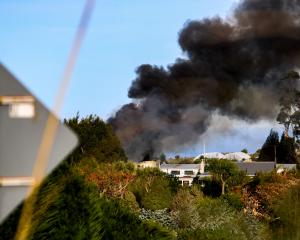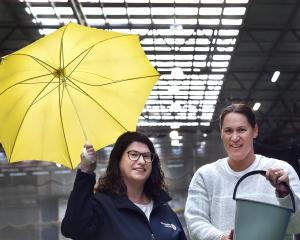
Now, almost a century later, his descendants have flown from around the globe to view the container, known as a waka huia, which were used by Māori to store their most prized personal possessions.
Ninety years ago, while Mr Rae was mustering for Beaumont Station at Millers Flat, a snowstorm broke out and he sought shelter in a cleft on top of a hill.
Inside the cove he came across a waka-shaped wooden treasure container.
Rather than opening the container to see its contents, he brought the waka huia straight to the Otago Museum.
At the time, the law allowed people to keep Māori artefacts they found, but Mr Rae still chose to hand it in.
Mr Rae’s son, Dan, said the family were all "very proud of the old dad".
"He recognised the potential value and he brought it here unopened.
"Everything he found, he handed in, and I think that says a lot about him."
The waka huia contained an abundance of huia feathers, tapa cloth, toki (adzes), Taupo obsidian, whale baleen, kokowai (red ochre), bird skin and very finely woven flax — thought to have been used to wrap the waka huia.
"Where it was placed and the way it was wrapped, he recognised that it was of some significance."
Mr Rae described his father as a "very quiet, unassuming man".
"He was also a very proud man — but he had suffered great tragedies."
His father moved to Dunedin from North Scotland in hopes of a better life.
He fought in World War 1 in 1917, where he received lifelong wounds during battle.
Extended family members came all the way from Chicago and Sweden to view the waka huia, Mr Rae said.
It was "incredible" to have his family with him, Mr Rae said.
"To have them all here together, it’s pretty big," he said
His father’s act of handing in the waka huia to the museum gave the community the ability to appreciate and learn from its contents.
Through his many hardships, he left a lasting legacy that would bring his family together 90 years later.
Advertisement












